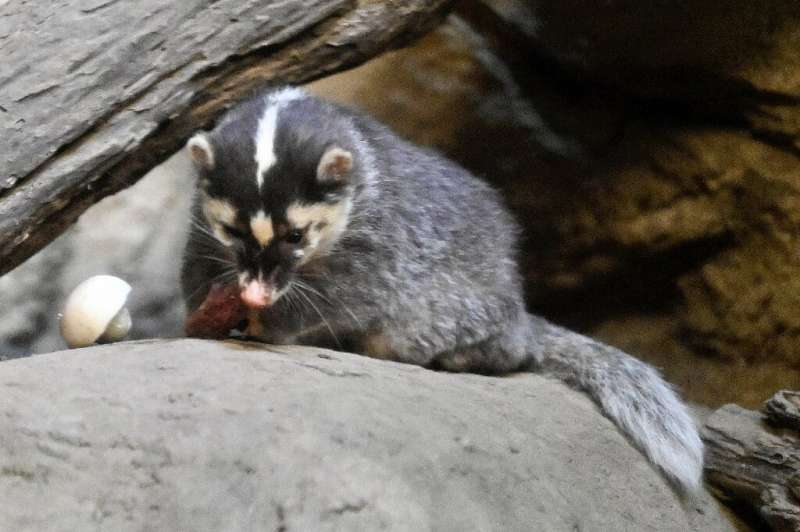Like humans, clitoris key to pleasure for female dolphins
Dolphins are well known for having sex not just for reproduction but also bonding and self-gratification.
Now, a new study in the journal Current Biology has shown females of the species have a large clitoris packed with sensory nerves and erectile tissue, features suggesting it has a strong role in providing pleasure.
Lead author and animal genital expert Patricia Brennan of Mount Holyoke College told AFP that non-human sexuality was a neglected area of study, particularly when it comes to females.
“These are things that are critically important for us to understand evolutionarily. They may actually have something to teach us about our own sexuality,” she said.
Outside primates, dolphins are one of the main species known for using sex as a way of creating and maintaining social bonds.
The aquatic mammals have sex — including females with other females and males with other males — throughout the year, and the clitoris is located in a spot where it would be stimulated during copulation.
They rub against sand to masturbate and there have also been reports of females rubbing each other’s clitorises with their snouts, flippers and flukes.
All of these behaviors signal they enjoy the experience, but Brennan and colleagues wanted to confirm the idea and to deepen biological understanding.
As it is difficult to analyze dolphins having sex under lab conditions to collect data like heart rate, or scan their brains, they decided to study the features of the dolphin clitoris to make inferences.
For the paper, they carried out detailed analysis on the clitorises of 11 females that had died naturally and found strong evidence to support the organ’s functionality.
The first feature was the presence of erectile tissue structures, with many blood vessels.
“What that means is these are tissues that actually engorge with blood, very much like a penis, and the human clitoris,” said Brennan.
The shape of these structures changed from calves to adults, indicating their use when the animal became sexually mature.
Secondly, the clitoris has large nerves and many nerve endings right underneath the skin, similar to in human fingertips, and indeed genitals.
Moreover, the skin of the clitoris was very thin to heighten sensitivity.
Finally, they found sensory structures called genital corpuscles, which are very similar to those found in human penises and clitorises and are known to exist specifically for pleasure.
Humans last shared a common ancestor with cetaceans some 95 million years ago, making the similarities surprising — unlike commonalities with primates, from whom we diverged around six million years ago.
– Discomfort –
For Brennan, the lack of previous research into dolphins, but also female animal sexuality more generally, was “baffling,” and might speak to a sense of discomfort among scientists and the public.
Nevertheless, it is important to study, she said.
For example, past research has shown that the success of artificial insemination of heifers and pigs increases drastically when a person stimulates the animal’s genitals.
“People might be uncomfortable if they knew that in order for me to have my beef, somebody had to stimulate the clitoris of a cow,” she said.
Studying animal sexuality could also have implications for human health, said Brennan.
“There are certainly plenty of females who have problems during sex, for example, related to arousal, or related to pain during sex or inability to orgasm,” she said, and studying fellow mammals can improve understanding about why, as well as provide possible solutions.
Part of the reason for the neglect of female sexuality specifically might stem from a historic imbalance in the number of female scientists, said Brennan. Even the human clitoris wasn’t fully described until the 1990s.
Brennan next plans to turn her attention to alpacas, which copulate for up to half an hour, far longer than fellow ungulates. She suspects the males might be stimulating the females’ clitorises, facilitating reproduction.










